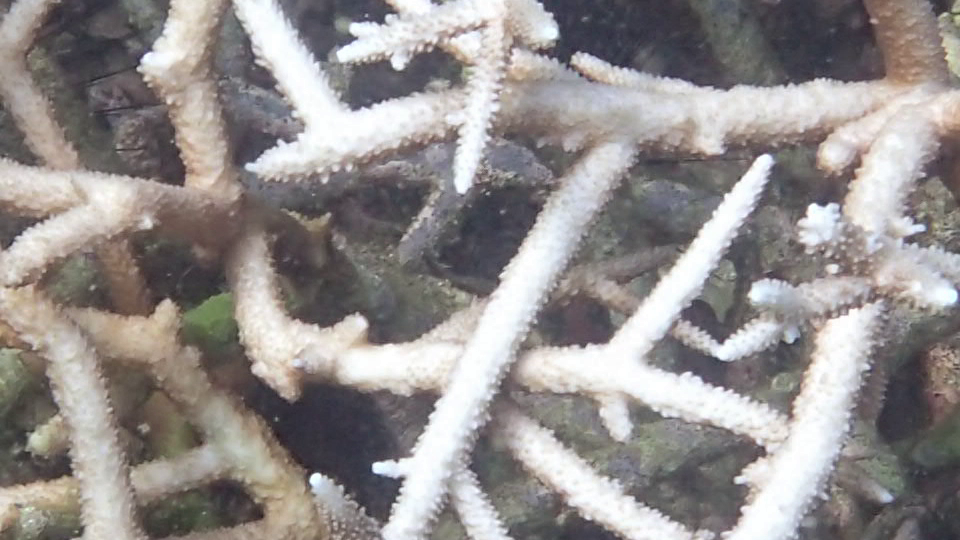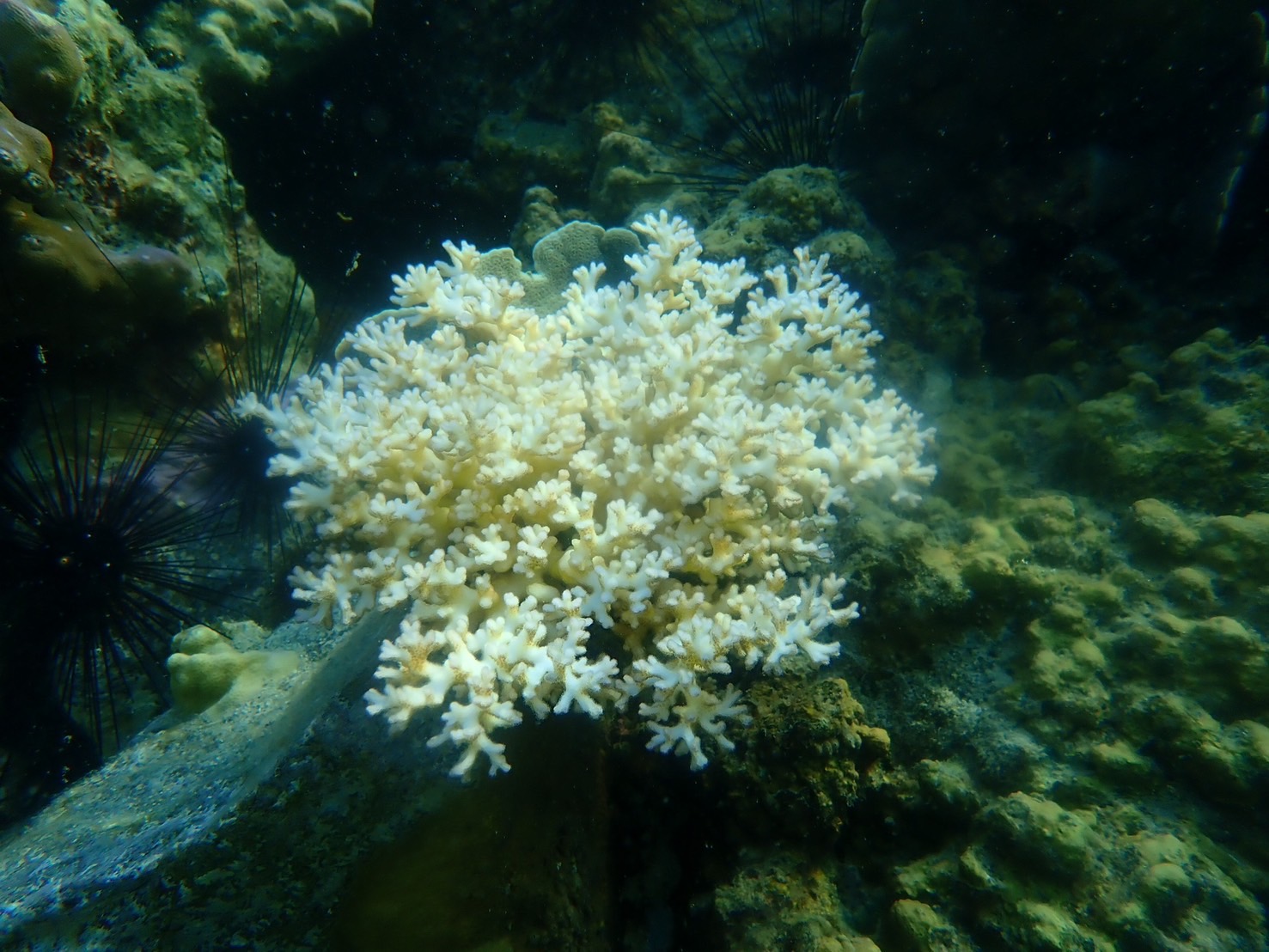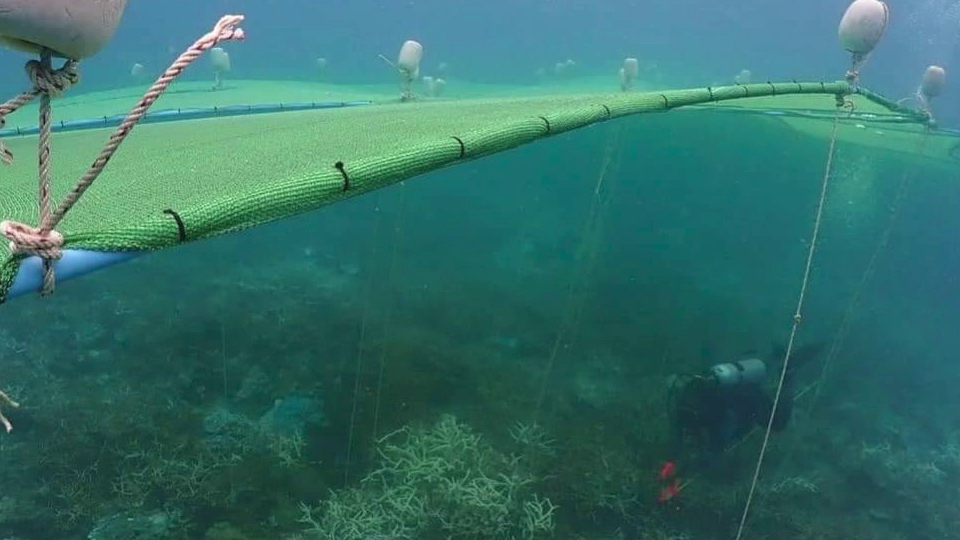
BANGKOK – Mr. Atthapol Charoenchansa, Director-General of the Department of National Parks, Wildlife, and Plant Conservation, revealed on May 9 that reports of coral bleaching surveys within the marine national parks had identified 19 affected areas. The most recent closure announcements include the tourist sites of Pling Island and the surrounding area of Sirinat National Park, Thalang District, Phuket Province, as a temporary measure.
Of the 19 marine national park areas affected (data from April 2 to May 8, 2024), eight are located on the Thai Gulf Coast, including Mu Ko Chang National Park, Khao Laem Ya – Mu Ko Samet National Park, Khao Sam Roi Yot National Park, Hat Wanakon National Park, Mu Ko Chumphon National Park, Than Sadet – Ko Pha-ngan National Park, Mu Ko Ang Thong National Park and Hat Khanom – Mu Ko Thalae Tai National Park.

Along the coast of the Andaman Sea, 11 areas are affected, including Mu Ko Ranong National Park, Laem Son National Park, Mu Ko Surin National Park, Mu Ko Similan National Park, Sirinat National Park, Ao Phang Nga National Park, Than Bok Khorani National Park – Phi Phi Islands, Mu Ko Lanta National Park, Tarutao National Park and Mu Ko Phetra National Park.
Areas of particular concern where coral bleaching exceeds 50 percent include Hat Wanakon, where over 80 percent of the area is affected by bleaching. In Sirinat National Park, the area around Pling Island is also over 80 percent affected by bleaching and has been closed. In Mu Ko Chumphon National Park, bleaching is over 70 percent on Kram Island, over 60 percent on Ngam Noi Island and over 80 percent on Ngam Yai Island.
The cause of coral bleaching is attributed to abnormal marine environmental conditions, such as warm seawater, oil spills, sedimentation covering the corals, or prolonged exposure to high and low tides. This stress causes the corals to shed their symbiotic algae (zooxanthellae), their primary source of energy, leading to coral bleaching and eventual death if the bleaching continues for 2-3 weeks.

To prevent further damage to coral reefs during bleaching, the Department of National Parks has taken measures, including closing tourist sites, to reduce activities that could exacerbate coral bleaching until the situation improves.
Pinsak Suraswadi, director general of the Department of Marine and Coastal Resources (DMCR), said after a marine survey in Ko Mak sub-district, Ko Kood district, Trat province, where coral bleaching of 30-50 percent was found, the damage was fortunately not as severe as originally predicted. This could be due to the cloudy weather during the two-day survey trip and the dropping temperatures.
He noted that coral bleaching and seagrass mortality in Thailand are in a critical state caused not by ordinary global warming, but by global turbulence that keeps occurring in different places, and by lower than normal sea levels. These conditions lead to the corals being exposed for longer and consequently bleaching.

Seagrass also dries out and dies, as can be seen on Ko Kradad in the Ko Kood district of Trat province. One of the most important measures that the DMCR will take is to designate the marine area around Ko Kood as a marine protected area.
Meanwhile, the Chumphon National Marine Park Operations Center, in collaboration with officials and the Marine Biodiversity Research Group from the Faculty of Science at Ramkhamhaeng University, has installed a shade net to protect coral reefs from heat stress and prevent coral bleaching. This action was taken after it was discovered that 80 percent of the coral reefs in an area spanning 20 rai (approximately 8 acres) at a depth of 8-9 meters were affected by coral bleaching.
____
Related story:















































